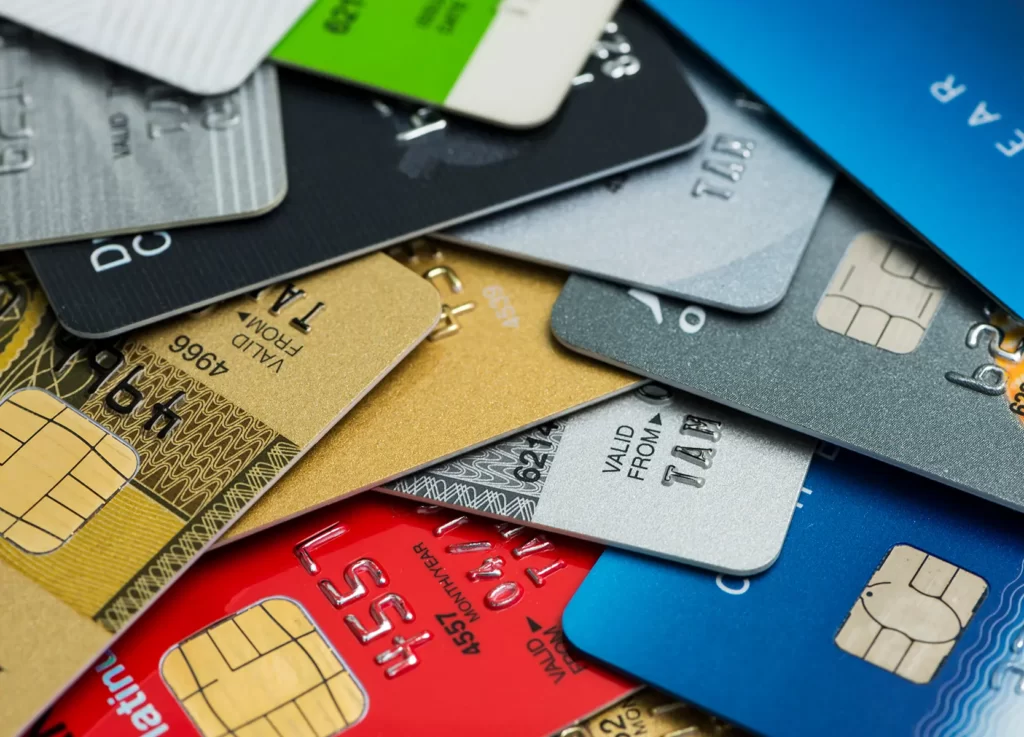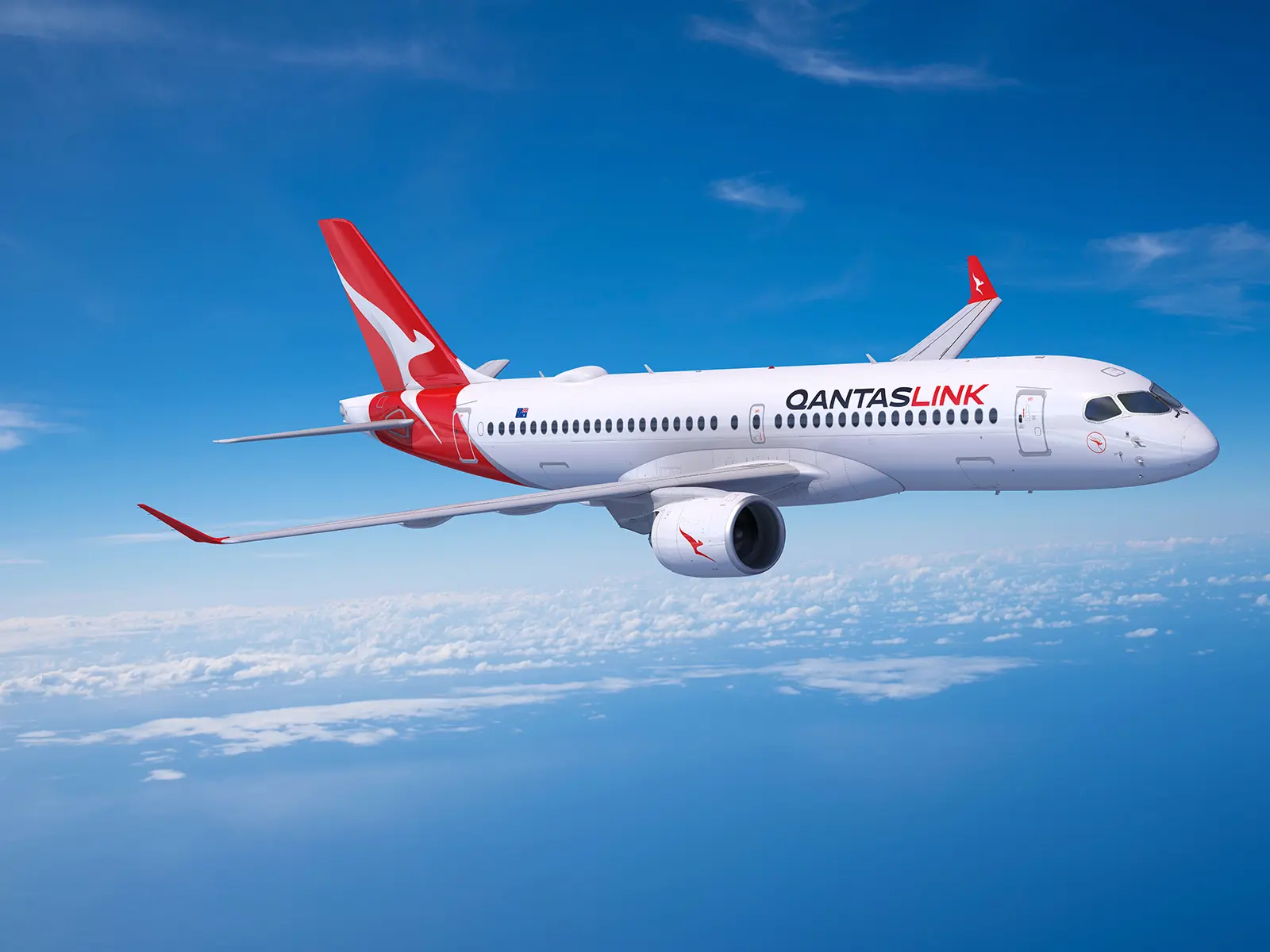
For those of you who are new to this world, the concept of churning credit cards is probably new to you. It is relatively popular in some countries such as the US and known about but not as well maximised in Australia. Credit card churning in Australia is a way to get hundreds of thousands of points quickly, easily, and cheaply with no flying required. It describes the process of applying for credit cards, receiving a sign-up bonus and whatever benefits that card may supply and then cancelling that card once all the benefits are received. Here is the rundown on how to churn credit cards, the technique I use and the obstacles you may encounter.
What are the pre-requisites for churning
Before you start churning, you need to make sure you tick a few boxes. This may, unfortunately, exclude some people for now, but it doesn’t rule you out in the future.
- You need a good credit history before you apply. This means no missed payments and no bad debts before you start. Your credit score itself doesn’t matter to most banks.
- Ensure you won’t need a big loan in the next six months. Australia’s credit market is highly regulated (much more than the US), which means if you’re planning on applying for a loan like a mortgage in the next few months, it’s better to minimise your total credit limit for the application.
- Don’t churn if you can’t pay off your balance. This game is about discipline. Only spend money you would have spent and have on hand, and always pay off the entire balance on your card. If you don’t, the amount you pay in interest will outweigh any rewards you gain.
- Although not impossible, you will struggle if you are self-employed. Again, due to Australia’s highly regulated environment, banks don’t like to lend to self-employed people. If you have a salary and can provide payslips, great! If you have your own business, banks will make it difficult. You can provide documents such as tax returns and PAYG statements to prove your income, but this will become a pain if you apply for cards every three months.
If you tick off all these boxes, read on
My churning strategy

Churning credit cards can be great fun. Being on the hunt for bonuses and trying to find the best strategies to get the most number of bonuses in the shortest amount of time. On top of this, the rules are constantly changing, with banks introducing restrictions to reduce the amount of churn, meaning you need to be aware of the rules before starting.
I like to keep one credit card for spending, which I don’t want to keep moving around (this is a free credit card as part of a mortgage plan). This means I pay no annual fee and get some points as well. It also means that I don’t need to go through the hassle of changing all of my direct debits every three months when I change cards.
My churning strategy involves rotating cards every three months. This allows me to meet the minimum spend requirements quickly and gives me plenty of time to get the bonuses and cancel the card. One of the significant factors in getting new credit cards in Australia is your total credit limit. Often banks will decline you if you have too many credit cards, regardless of whether you pay it off. This also means when applying for cards, ask for the minimum allowable credit limit even if they offer more.
I choose three months because most banks in Australia have at least a 12-month exclusion period for getting sign-up bonuses. This means once you’ve received a sign-up bonus, you can’t get another one for at least 12 months (for American Express cards, this is 18 months). The key here is the 12 months kick in from the date of cancellation of the card, so you want to cancel your card ASAP. A 3-month period is enough time for banks not to think I’m applying for too much credit, and it allows older cards to fall off my credit history, so at one time, I’d have 2-3 credit cards at most. As some banks take time to credit your bonus, it might take a few months before you can cancel your card.
Here is a step-by-step on how this looks like for me.
- Apply for a credit card (Card 1)
- Reach minimum spend – usually between $3,000 to $6,000
- Pay off the balance each month in full
- If three months have passed, apply for the next credit card (Card 2)
- Once the sign-up bonus has come into your account, cancel Card 1
- Repeat steps 2 and 3 for Card 2
- Apply for Card 3
- Repeat the above for the next year until you are eligible again to apply for Card 1 and get the sign-up bonus again.
As you can see, this cycle can continue indefinitely. With sign-up bonuses that are chosen carefully, varying between 75,000 and 150,000 points per card, you can get up to 600,000 points per year if you’ve picked the right cards.
How to find a good deal
Not all deals are good, and signup bonuses will come in phases. A much more average offer will usually follow a big signup bonus offer. There are a few things to consider to ensure the deal you’ve found is good. I’ve gone into the acquisition costs of a frequent flyer point and how this might sway your decision before, so have a look there as well.
- Ideally, there should be no annual fee, although these offers are becoming rarer. Many cards will have signup bonus offers and might give you the first year with no annual fee. It’s only the first year we’re interested in because we will have cancelled the card long before the year is up. After the new RBA regulations on interchange fees, the frequency at which these offers come up has reduced significantly.
- Look at historical deals on forums and other websites. Some websites will have special promotions exclusively for their members, and forums are a great place to see what is on offer and the best offers going around. Have a look on Credit Card Compare or Ozbargain for some current and expired credit card deals to get a comparison.
- Look at the most premium cards, as these tend to have a higher signup bonus. Most banks have a black card or equivalent, which usually has the best bonuses. The caveat is, of course, the annual fee is higher. It is also good to look at all the offers on the table. For example, I’ve seen banks offer 75,000 frequent flyer points for no annual fee on a platinum card with 100,000 points for a $395 yearly fee for a black card. In this case, it’s worth sacrificing the 25,000 points for a no-annual-fee card.
- Work out the cost of acquisition for your points. If you add in your annual fee and any potential surcharges to meet the minimum spend, you can determine if these costs make getting the points worth it. For me paying $395 for 100,000 points is often worth it as you can get more than $395 worth of flights for that, but depending on what you’ve decided to redeem for, this might not be the case.
If it's that easy why doesn't everyone do it?

If you look at this guide and ask why everyone isn’t doing this. The sign-up bonuses are available for anyone to use; you don’t need to be unique to get them. The reasons for this is usually due to confusion about credit cards, reluctance to make the minimum spend and lack of knowledge on how to use the points. Let’s address all these points.
Confusion about credit cards
People often don’t understand how credit cards work. They see that they allow you to borrow money and have very high interest rates, so people who don’t need the money say they don’t need a credit card and people who might not have the money view them as a debt trap. While these things are true, credit cards are a tool when used correctly. They allow you to use the bank’s money temporarily, get reward points and pay it off later with no interest as long as you pay it off by the due date. Those very high interest rates only apply if you don’t pay your statement in full before the due date. When you churn, you should pay no interest at all. Admittedly churning can be confusing to manage, and if you don’t have a system to keep track of your cards, missing a payment is possible.
Reluctance to make the minimum spend
The next point people make is that spending $3,000 to get 100,000 points doesn’t make sense. The points aren’t worth that much. Yes, this is true, but you aren’t spending an extra $3,000; you’re spending the same $3,000 you were going to spend anyway. This includes payments like groceries, insurance, and in some cases, rent, tax bills etc. If you add these up, you will be surprised at how much they can come to. Spending $3,000 in 3 months is a relatively small ask. If you are struggling, you can buy things for friends and family and ask them to pay you back or buy grocery store gift cards (money you would spend in the future anyway) to use later. Lastly, you can pay for things in advance. Insurance can be paid yearly instead of monthly (and you usually get a discount for doing so), and electricity bills can be overpaid, which will be deducted from the following statements. There are numerous ways to spend the required amount, and this shouldn’t be a struggle for the average person.
Lack of knowledge on how to use the points
This one is an easy one and it’s why I’ve made this website. If you don’t know how to use your points, they don’t have any worth. We won’t go into too much detail here because I’ve already written a guide on using your points.
Other ways to maximise credit card benefits before cancelling
While most of my cards are ones I use and discard once I’m done with them, some cards have other benefits worth getting use out of before cancelling. American Express, for example, often provides a travel credit which is worth the annual fee. This is usually enough for a domestic return flight or to give you a discount on an international flight. Unfortunately, their engine doesn’t let you book with budget airlines. A relatively unknown tip is if you keep an Amex card for one year, on the 12th month before the annual fee, the travel credit is renewed, so you can get two travel credits in a year and then cancel the card!
Some cards might also come with lounge passes and memberships which are worth claiming before cancelling if you can, but they have less worth than more points. A note to make here is many credit cards come with travel insurance policies if you book a flight through them. If you’re churning through cards, it’s better to keep your card until the travel you’ve booked is finished to remove any potential obstacles in claiming that should you need it. If you don’t want to do this, consider taking out a separate policy not associated with your card to guarantee cover.
Once you’ve started churning, I’m sure you’ll be addicted. It’s easy to get frequent flyer points and take all those trips you’ve dreamed of. Give it a try, the world is much more extensive than you would think, and I would encourage you to explore and share the possibilities.




